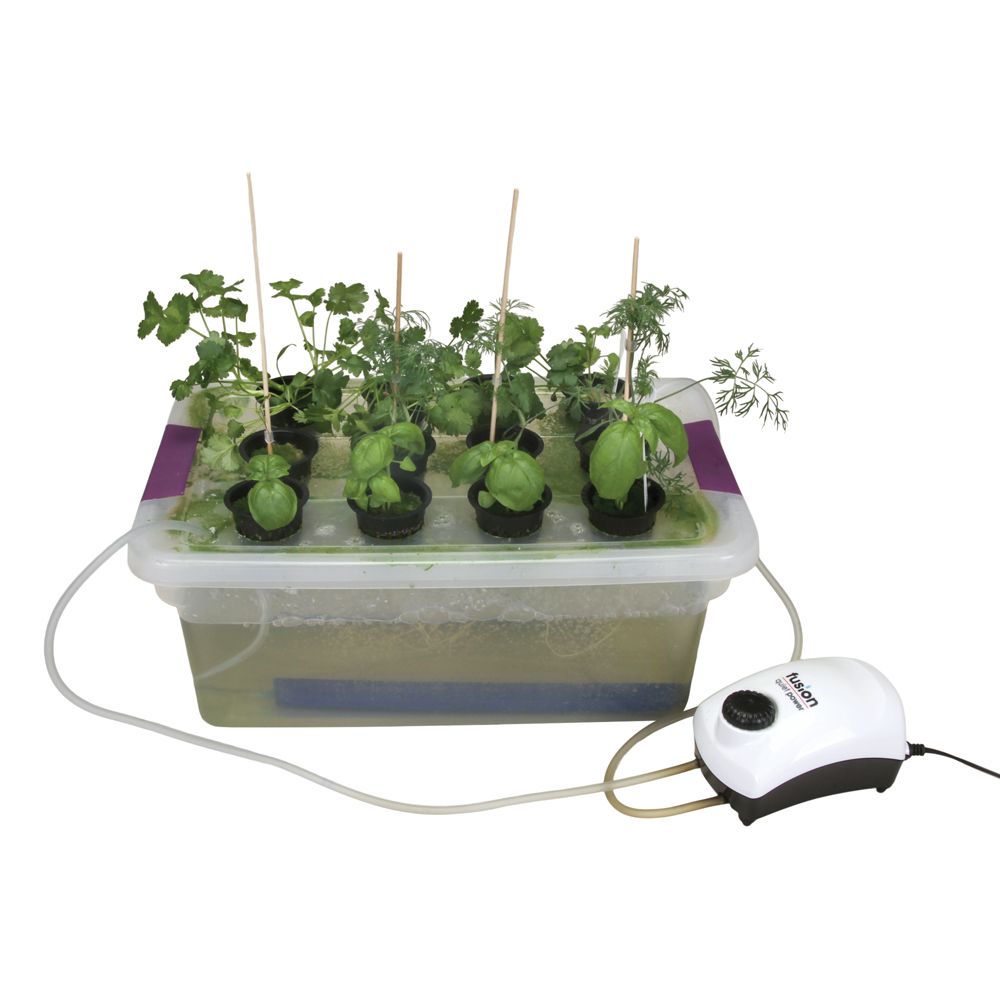Materials Plants Need to Grow
A Carolina EssentialsTM Investigation

Total Time: 2.75 hrs
Prep: 1 hr | Activity: 1.75 hrs

Life Science
5
Elementary School
- Total Time: 2.75 hours [ Prep: 1 hr | Activity: 1.75 hrs ]
- Subject: Life Science
- Grade: Elementary School
Overview
Students will examine the phenomenon of plant growth by designing and carrying out an experiment to demonstrate that plants need air and water to grow. Water and air are the primary variables for investigation, but students may also decide to investigate the role of soil in plant growth.
Students design an experiment to test a single variable related to plant growth: air or water. The experiment must define the dependent, independent, and controlled variables. All experiments should run for approximately the same amount of time. Students may be assigned a variable to investigate
Essential Question
What materials are required for plants to grow?
Investigation Objective
- Demonstrate that plants need air and water to grow.
Next Generation Science Standards* (NGSS)
PE 5-LS1-1. Support an argument that plants get the materials they need for growth chiefly from air and water.
SCIENCE & ENGINEERING PRACTICES
Engage in Argument from Evidence
- Support an argument with evidence, data, or a model that plants chiefly get what they need to grow from air and water.
DISCIPLINARY CORE IDEA
LS1.C: Organization for Matter and Energy Flow in Organisms
- Plants acquire their material for growth chiefly from air and water.
CROSSCUTTING CONCEPTS
Energy and Matter
- Matter is transported into, out of, and within systems.
Materials
- Radish seeds, 15–20 per group
- 2 hydroponic growing systems (optional)
- Vacuum seal storage bags, small or medium, 2–4 bags per class
- Potting soil, 8–10 cups per group
- 8-oz cups, 8–10 per group
- Tap water
- Ruler
- Paper towels
- Light bank (optional, if there are no windows or natural light in the classroom)
Safety & Disposal
In case of accidents and to prevent stains on clothing, have students wear an apron or an oversize T-shirt over their clothes. When working with Aqua Vega or soluble fertilizer, students should wear safety goggles for eye protection.
When the investigation is complete, you can dispose of plant materials in the classroom trash.
Preparation
Prior to beginning the investigation, premix the Aqua Vega hydroponic solution if a group wants to test the necessity of soil, and set up the hydroponic growing system. Place the rock wool in the growing cups. You may wish to place a measured amount of soil in cups prior to seed planting.
STUDENT PROCEDURES
- Brainstorm ideas for an experiment to show that plants need air and water to grow.
- Write down the ideas.
- Select the experiment to use.
- Write the question to be tested.
- Write a hypothesis.
- Define the variables (independent, dependent, and controlled).
- Write a step-by-step procedure.
- Make a materials list.
- Create a data table.
- Describe how you will analyze the data.
- Get approval from your teacher.
- Conduct the experiment.
- Write a conclusion based on the data collected.
TEACHER PREPARATION AND TIPS
- Guide students to identify variables of interest: air, water, and possibly soil. For this, PE light is not a variable of interest.
- Remind students that the research question and hypothesis should match in terms of variables.
- Independent variables can include air, water, or soil. Dependent variables can include number of seeds germinated, number of leaves, height of plant, or anything else that can be easily measured.
- Do not let students begin experimentation without examining the procedure.
- Have a class discussion after all groups are finished to emphasize the conclusion and answer the essential question.
Data and Observations
Data will vary depending on the variables selected by students.
Analysis & Discussion
Student data should demonstrate that water and air provide materials for plants to grow. The vacuum bags provide for the removal of air. After you seal the bag, a residual amount of oxygen and carbon dioxide may remain. Seeds may germinate but will not live. Potting soil provides initial moisture so again, seeds may germinate, but will not continue to grow once the initial moisture is used. Remind students that light is not a variable for consideration in this experiment. The hydroponic system takes soil out of consideration as a necessary material for plants to grow. Students may use the system, or hydroponics can be an enrichment or extension activity.
SHOP THE KIT
REFERENCE KITS
SAFETY REQUIREMENTS
- Safety Apron Required
- Safety Goggles Required
HELPFUL LINKS
VIEW MORE ESSENTIALS
*Next Generation Science Standards® is a registered trademark of Achieve. Neither Achieve nor the lead states and partners that developed the Next Generation Science Standards were involved in the production of, and do not endorse, these products.




